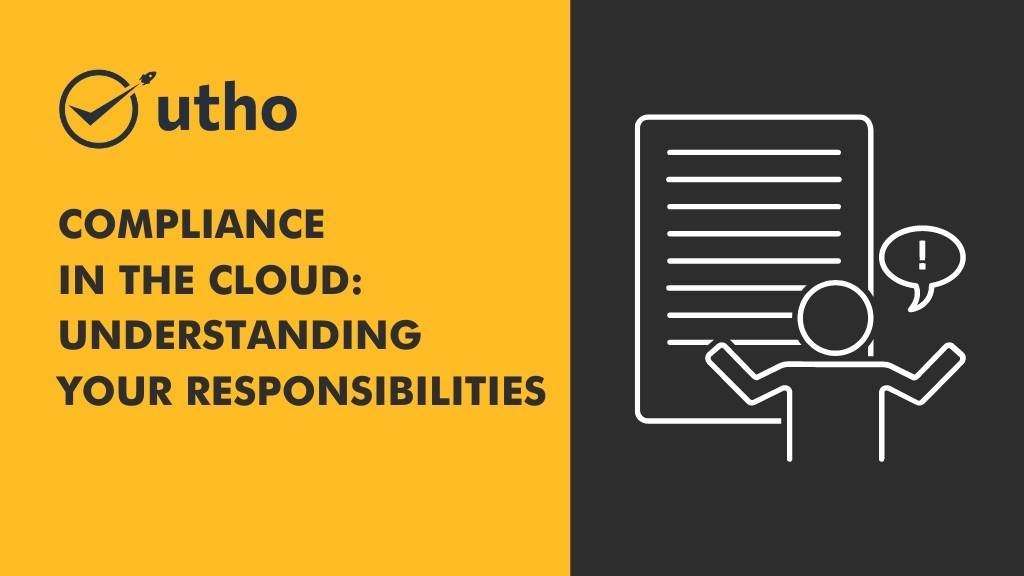Compliance in the Cloud: Understanding Your Responsibilities

In today's fast-paced digital world, businesses of all sizes are turning to the cloud to streamline their operations and harness the power of scalability. But with great convenience comes great responsibility, especially when it comes to compliance and safeguarding sensitive data. Understanding your obligations regarding compliance in the cloud is vital to ensure the utmost security and maintain your customers' trust. In this article, we'll take a closer look at why compliance matters in the cloud and provide practical insights into fulfilling your compliance responsibilities.
Why Compliance in the Cloud is Crucial
Cloud computing brings a multitude of benefits, including cost savings, flexibility, and improved accessibility. However, it also introduces unique challenges in terms of data security and compliance. To operate within specific industries or regions, businesses must adhere to regulations like HIPAA, GDPR, or PCI DSS, depending on the nature of their operations. Non-compliance can lead to severe consequences such as hefty fines, reputational damage, and even legal actions.
Understanding Your Compliance Responsibilities
To navigate the complex landscape of compliance in the cloud, organizations must be well-informed about their responsibilities. Here are some essential factors to consider:
1. Stay Up-to-Date with Regulations
Start by understanding the regulations that apply to your industry and the type of data you handle. Stay informed about any changes or updates to these regulations to ensure ongoing compliance.
2. Implement Effective Data Classification and Governance
Establish a robust framework for classifying and governing your data. Categorize data based on its sensitivity and define appropriate controls for storage, transmission, and retention.
3. Choose a Compliant Cloud Provider
When selecting a cloud provider, make sure they have the necessary certifications and compliance measures in place. Look for industry-recognized certifications such as ISO 27001 and SOC 2 to ensure the provider's commitment to security and data protection.
4. Embrace Data Encryption
Utilize encryption techniques to safeguard your data both in transit and at rest. Encryption adds an extra layer of protection, making it significantly harder for unauthorized individuals to access and decipher sensitive information.
5. Establish Strong Access Controls and User Management
Implement robust access controls to ensure that only authorized personnel can access your cloud resources. Enforce strong passwords, multi-factor authentication, and regularly review user access privileges to minimize the risk of unauthorized access.
6. Regular Monitoring and Auditing
Maintain ongoing monitoring and auditing of your cloud environment to identify any potential vulnerabilities or security incidents. Implement comprehensive logging and auditing mechanisms to track user activities and promptly detect any unauthorized access attempts.
Conclusion
Compliance in the cloud is not a choice; it's a necessity for safeguarding your business and customer data. By understanding your responsibilities and implementing best practices, you can ensure the highest levels of security, integrity, and confidentiality for your cloud-based operations. Remember to keep yourself informed about relevant regulations, establish data classification and governance protocols, select a reputable cloud provider, employ encryption measures, enforce strict access controls, and maintain regular monitoring and auditing.
If you're searching for a reliable and compliant cloud provider, look no further than MicroHost. Their commitment to security and comprehensive range of compliance measures make them an excellent choice for your cloud needs. Discover more about their secure cloud solutions by visiting microhost.com.
Read Also: 6 Benefits of Deploying a Load Balancer on your server.